|
|
General: LECTURA DE LA MISA, HOY 14 DE MARZO, ANIVERSARIO DEL NACIMIENTO DE EINSTEIN
Elegir otro panel de mensajes |
|
|
ISLA SAN GIORGIO (VENECIA)=GEORGE LEMAITRE
|
|
|
|
|
DESDE EL PRIMERO DE MARZO HASTA EL TRECE DE OCTUBRE TENEMOS 227 DIAS EXACTOS.
DE TERROR
|
|
|
|
|
Efemérides 14 de marzo: El día que Isabel ‘la Católica’ ordenó a los judíos a convertirse
https://nuestrahistoria.es/efemerides-14-marzo-el-dia-que-isabel-la-catolica-ordeno-a-los-judios-a-convertirse/ |
|
|
|
|
ISLA SAN GIORGIO (VENECIA)=GEORGE LEMAITRE
|
|
|
|
|

Jordan River (Utah)
From Wikipedia, the free encyclopedia
The Jordan River, in the state of Utah, United States, is a river about 51 miles (82 km) long. Regulated by pumps at its headwaters at Utah Lake, it flows northward through the Salt Lake Valley and empties into the Great Salt Lake. Four of Utah's six largest cities border the river: Salt Lake City, West Valley City, West Jordan, and Sandy. More than a million people live in the Jordan Subbasin, part of the Jordan River watershed that lies within Salt Lake and Utah counties. During the Pleistocene, the area was part of Lake Bonneville.
Members of the Desert Archaic Culture were the earliest known inhabitants of the region; an archaeological site found along the river dates back 3,000 years. Mormon pioneers led by Brigham Young were the first European American settlers, arriving in July 1847 and establishing farms and settlements along the river and its tributaries. The growing population, needing water for drinking, irrigation, and industrial use in an arid climate, dug ditches and canals, built dams, and installed pumps to create a highly regulated river.
Although the Jordan was originally a cold-water fishery with 13 native species, including Bonneville cutthroat trout, it has become a warm-water fishery where the common carp is most abundant. It was heavily polluted for many years by raw sewage, agricultural runoff, and mining wastes. In the 1960s, sewage treatment removed many pollutants. In the 21st century, pollution is further limited by the Clean Water Act, and, in some cases, the Superfund program. Once the home of bighorn sheep and beaver, the contemporary river is frequented by raccoons, red foxes, and domestic pets. It is an important avian resource, as are the Great Salt Lake and Utah Lake, visited by more than 200 bird species.
Big Cottonwood, Little Cottonwood, Red Butte, Mill, Parley's, and City creeks, as well as smaller streams like Willow Creek at Draper, Utah, flow through the sub-basin. The Jordan River Parkway along the river includes natural areas, botanical gardens, golf courses, and a 40-mile (64 km) bicycle and pedestrian trail, completed in 2017.[6]
The Jordan River is Utah Lake's only outflow. It originates at the northern end of the lake between the cities of Lehi and Saratoga Springs. It then meanders north through the north end of Utah Valley for approximately 8 miles (13 km) until it passes through a gorge in the Traverse Mountains, known as the Jordan Narrows. The Utah National Guard base at Camp Williams lies on the western side of the river through much of the Jordan Narrows.[7][8] The Turner Dam, located 41.8 miles (67.3 km) from the river's mouth (or at river mile 41.8) and within the boundaries of the Jordan Narrows, is the first of two dams of the Jordan River. Turner Dam diverts the water to the right or easterly into the East Jordan Canal and to the left or westerly toward the Utah and Salt Lake Canal. Two pumping stations situated next to Turner Dam divert water to the west into the Provo Reservoir Canal, Utah Lake Distribution Canal, and Jacob-Welby Canal. The Provo Reservoir Canal runs north through Salt Lake County, Jacob-Welby runs south through Utah County. The Utah Lake Distribution Canal runs both north and south, eventually leading back into Utah Lake.[9] Outside the narrows, the river reaches the second dam, known as Joint Dam, which is 39.9 miles (64.2 km) from the river's mouth. Joint Dam diverts water to the east for the Jordan and Salt Lake City Canal and to the west for the South Jordan Canal.[10][11][12]

Map of the Salt Lake Valley
The river then flows through the middle of the Salt Lake Valley, initially moving through the city of Bluffdale and then forming the border between the cities of Riverton and Draper.[7] The river then enters the city of South Jordan where it merges with Midas Creek from the west. Upon leaving South Jordan, the river forms the border between the cities of West Jordan on the west and Sandy and Midvale on the east. From the west, Bingham Creek enters West Jordan. Dry Creek, an eastern tributary, combines with the main river in Sandy. The river then forms the border between the cities of Taylorsville and West Valley City on the west and Murray and South Salt Lake on the east. The river flows underneath Interstate 215 in Murray. Little and Big Cottonwood Creeks enter from the east in Murray, 21.7 miles (34.9 km) and 20.6 miles (33.2 km) from the mouth respectively. Mill Creek enters on the east in South Salt Lake, 17.3 miles (27.8 km) from the mouth. The river runs through the middle of Salt Lake City, where the river travels underneath Interstate 80 a mile west of downtown Salt Lake City and again underneath Interstate 215 in the northern portion of Salt Lake City. Interstate 15 parallels the river's eastern flank throughout Salt Lake County. At 16 miles (26 km) from the mouth, the river enters the Surplus Canal channel. The Jordan River physically diverts from the Surplus Canal through four gates and heads north with the Surplus Canal heading northwest. Parley's, Emigration, and Red Butte Creeks converge from the east through an underground pipe, 14.2 miles (22.9 km) from the mouth.[7] City Creek also enters via an underground pipe, 11.5 miles (18.5 km) from the river's mouth. The length of the river and the elevation of its mouth varies year to year depending on the fluctuations of the Great Salt Lake caused by weather conditions. The lake has an average elevation of 4,200 feet (1,300 m) which can deviate by 10 feet (3.0 m).[3] The Jordan River then continues for 9 to 12 miles (14 to 19 km) with Salt Lake County on the west and North Salt Lake and Davis County on the east until it empties into the Great Salt Lake.[7][8][11]
Discharge[edit]
The United States Geological Survey maintains a stream gauge in Salt Lake City that shows annual runoff from the period 1980–2003 is just over 150,000 acre-feet (190,000,000 m3) per year or 100 percent of the total 800,000 acre-feet (990,000,000 m3) of water entering the Jordan River from all sources. The Surplus Canal carries almost 60 percent of the water into the Great Salt Lake, with various irrigation canals responsible for the rest. The amount of water entering the Jordan River from Utah Lake is just over 400,000 acre-feet (490,000,000 m3) per year. Inflow from the 11 largest streams feeding the Jordan River, sewage treatment plants, and groundwater each account for approximately 15 percent of water entering the river.[13]
Watershed[edit]

Map of the entire Jordan River Basin
|
|
|
|
|
Does space "flow" like a river? There's an analogy in General Relativity ... Why The Theory of Relativity Doesn't Add Up (In Einstein's Own Words).
|
|
|
|
|
|
|
|
Radio Data Using Vikings on Mars Further Confirm Einstein Theory
By Credit...The New York Times ArchivesEstimated Delay of Waves
Results of the experiment were reported at a news conference held at the Jet Propulsion Laboratory in Pasadena, Calif. The Viking 1 and 2 spacecraft are being controlled there.
The experiment was conducted last Nov. 25, Thanksgiving Day, at the time of solar conjunction. At that time, Mars moved behind the sun in relation to Earth, causing a total blackout of communications between the Vikings and Earth.
But just before and after the blackout, radio signals were transmitted from antennaes at Goldstone, Calif., and Canberra, Australia, to both of the Viking orbiters and landers and then from the spacecraft back to Earth. The round‐trip travel times of the signals were carefully clocked. The transmissions were repeated frequently to check for accuracy.
The results, Dr. Shapiro said, were “in very good agreement with the theory of general relativity.”
Not that he expected to prove Einstein wrong. Previous tests using spacecraft communications systems tended to confirm the theory, but the Viking test is considered twice as accurate, or more, than the previous ones.
In a telephone interview after the conference, Dr. Shapiro said:
“I would have been very surprised Einstein was wrong. But one just can't take theories for granted. Physics is an experimental approach to nature. Einstein came along to explain deviations in Newton's theory of gravity. And at some level of probing we may find Einstein's theory will break down and no longer be a totally adequate theory of the way nature behaves.”
Possible Seismic Event on Marshttps://www.nytimes.com/1977/01/07/archives/radio-data-using-vikings-on-mars-further-confirm-einstein-theory.html |
|
|
|
|
|
|
|
Updated Sep 30, 2015, 03:56pm EDT
This article is more than 9 years old.
The dominant science news story of the moment is the latest discovery of water on Mars, which is fortuitously timed to coincide with the release of the movie The Martian this week. A little over a month from now, the big story will be the 100th anniversary of Einstein's completion of General Relativity. These might not seem like they have much to do with each other, but in fact, Mars missions have a closer connection to relativity than you might think.
John Grunsfeld, associate administrator at NASA's Science Mission Directorate, speaks with... [+]
General relativity famously involves the warping of space and time by gravity, and it was observations during a 1919 eclipse showing the bending of light that catapulted Einstein to fame. Stars near the disk of the Sun had their apparent position (relative to stars farther from the Sun) shifted slightly, as the rays that passed close to the Sun were deflected by its warping of spacetime. The measured deflection agreed nicely with Einstein's prediction, and the rest is one of the great hyperbolic headlines is history.
Of course, relativity makes lots of predictions about what should happen near a massive object like the Sun, and the bending of starlight only tests one. Another thing that ought to happen is a slight "stretching" of space-- which is why discussions of relativity almost always include stretched rubber sheets. The distance between two points in space will be slightly longer along a path that passes close to the Sun than along one that never goes near it.
Embedding diagrams showing the spacetime distortion in the vicinity of a massive object, and the... [+]
This is kind of a difficult thing to get your head around, but like everything else, it comes back to the fact that keeping the laws of physics consistent regardless of how you're moving requires the mixing of space and time. In special relativity, what one observer sees as purely a distance in space, somebody moving at constant speed relative to them will see as a mix of space and time-- the position of the two endpoints is measured at two slightly different times. This is the root of most of the "paradoxes" of relativity. The exact mix of space and time depends on the speed of the observer, and the equations of relativity tell you how to calculate that.
General relativity tells us that the exact mix of space and time for a particular measurement also depends on the presence of gravity. What an observer near the Sun sees as purely a distance in space will look, from far away, like a mix of space and time. This mixing changes the result for distance measurements.
https://www.forbes.com/sites/chadorzel/2015/09/30/going-to-mars-to-probe-spacetime/ |
|
|
 Primer Primer
 Anterior
39 a 53 de 53
Siguiente Anterior
39 a 53 de 53
Siguiente
 Último
Último

|
|
| |
|
|
©2024 - Gabitos - Todos los derechos reservados | |
|
|

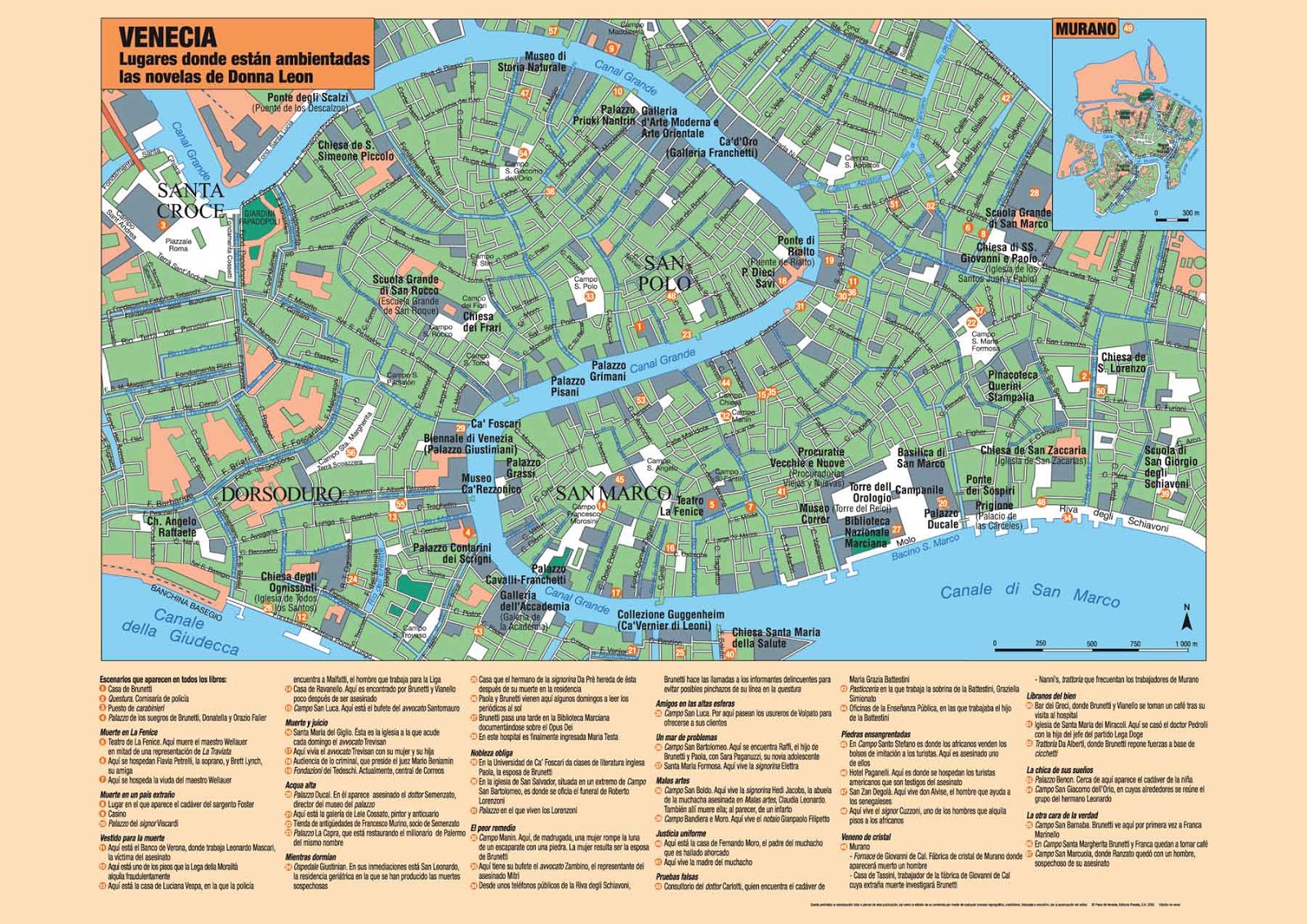


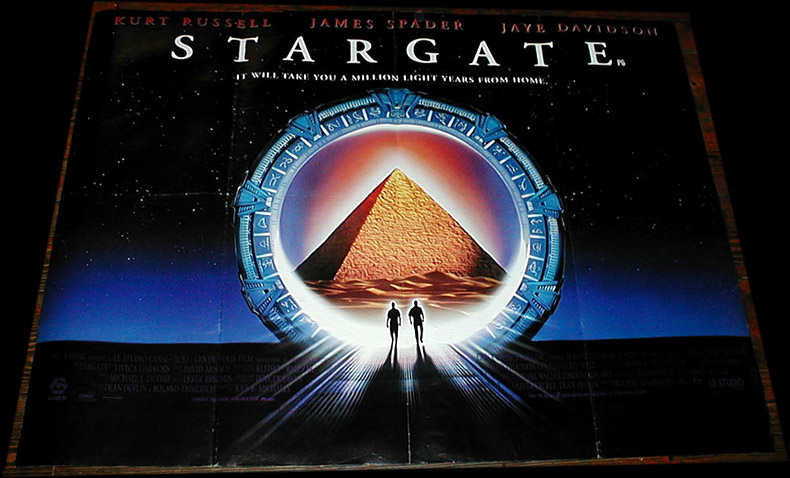


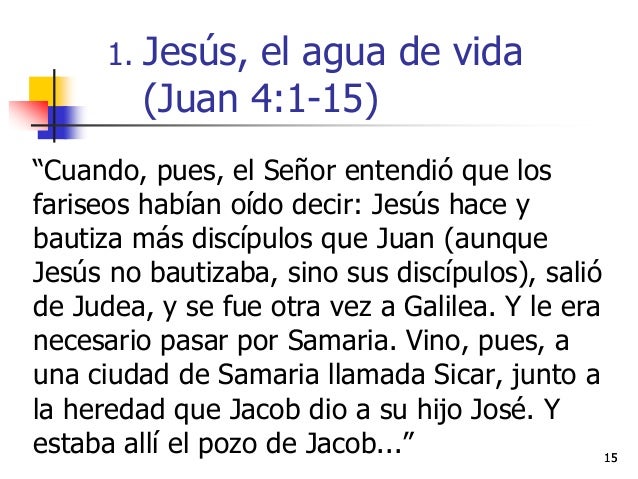

















































![???? Demostración de la ecuación de Bernoulli [Fluidos]](https://ingenieriabasica.es/wp-content/uploads/2020/08/Portada-Bernoulli.jpg)

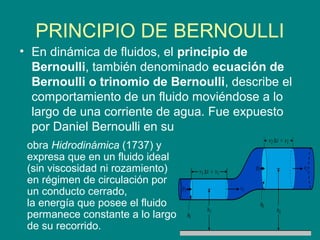



![59 - Curso de Relatividad General [Ecuaciones de Campo & Constante Cosmológica] - YouTube](https://i.ytimg.com/vi/HI3m80zLo24/maxresdefault.jpg)












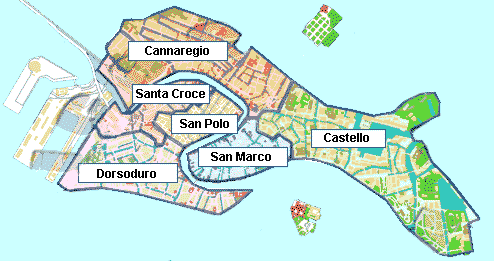


















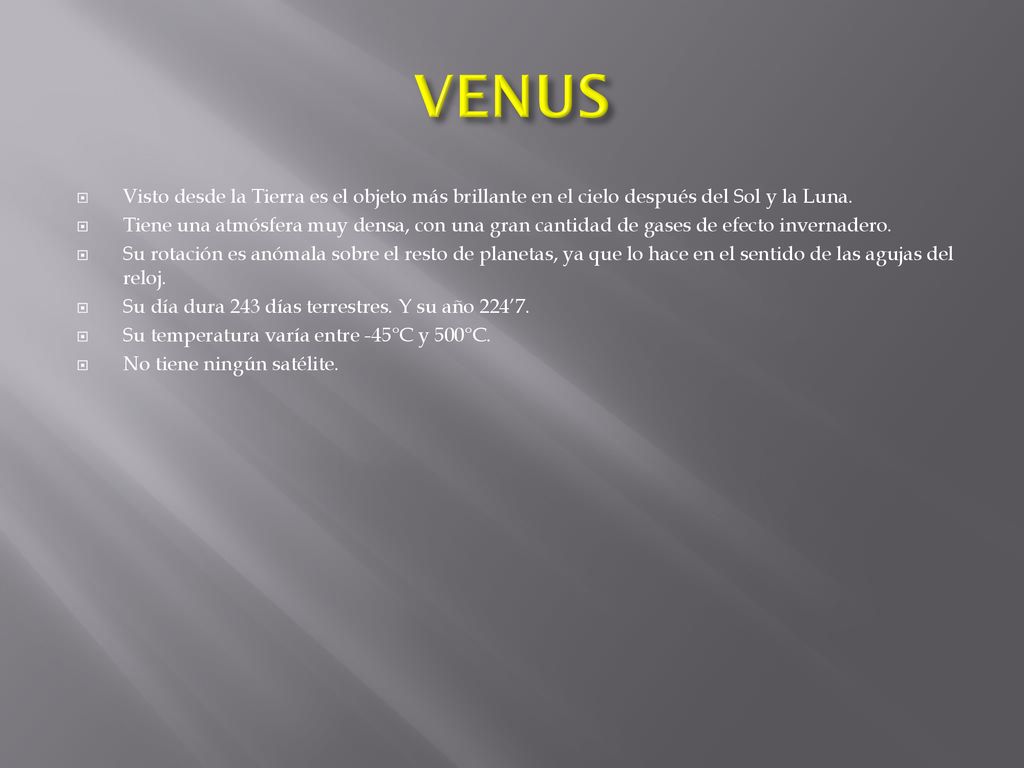























![That's one small step..." —Neil Armstrong [1024 x 1333] : r/QuotesPorn](https://i.imgur.com/lfLGX.jpg)
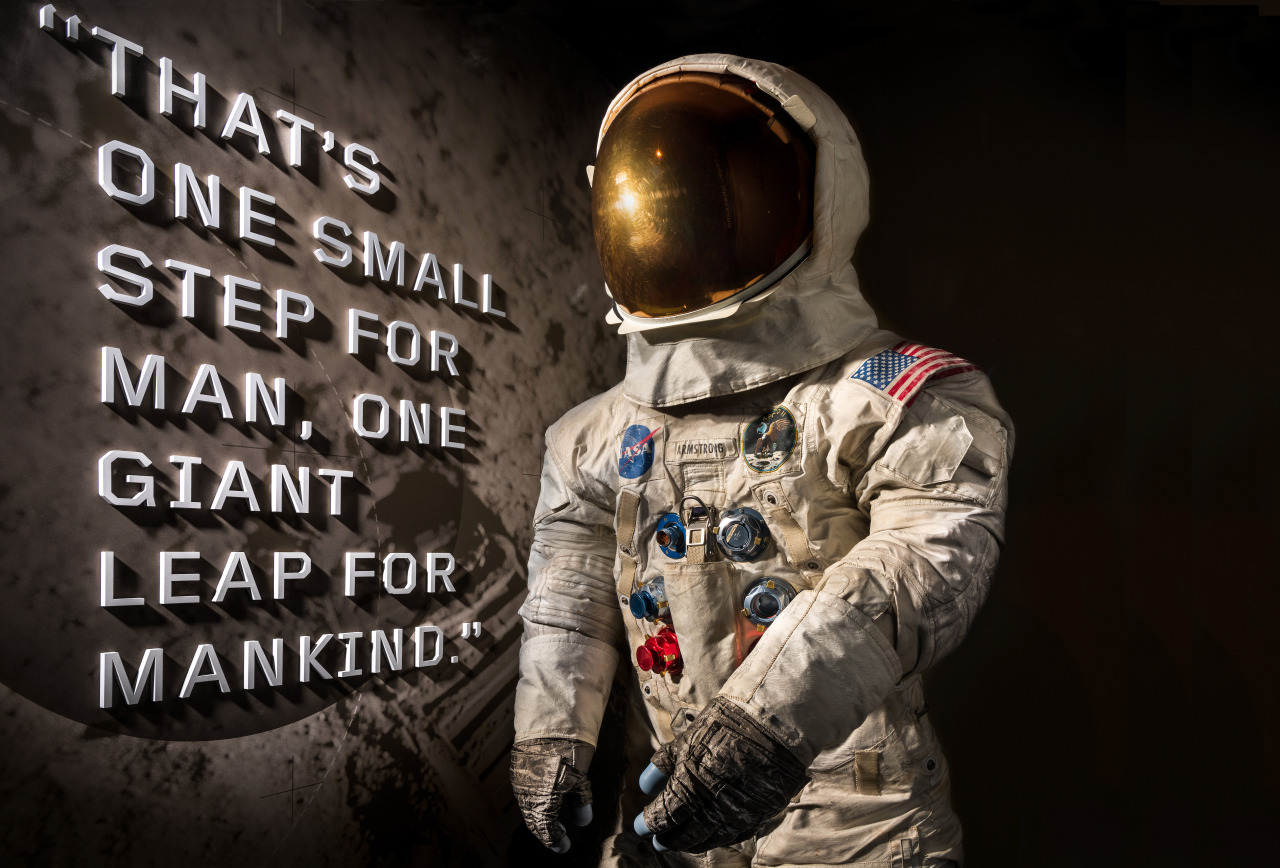











![John Grunsfeld, associate administrator at NASA's Science Mission Directorate, speaks with... [+] colleagues at a press conference where NASA announced new findings that provide the 'strongest evidence yet' of salty liquid water currently existing on Mars. (Photo by Win McNamee/Getty Images)](https://imageio.forbes.com/specials-images/imageserve/490420754/640x0.jpg?format=jpg&width=1440)
